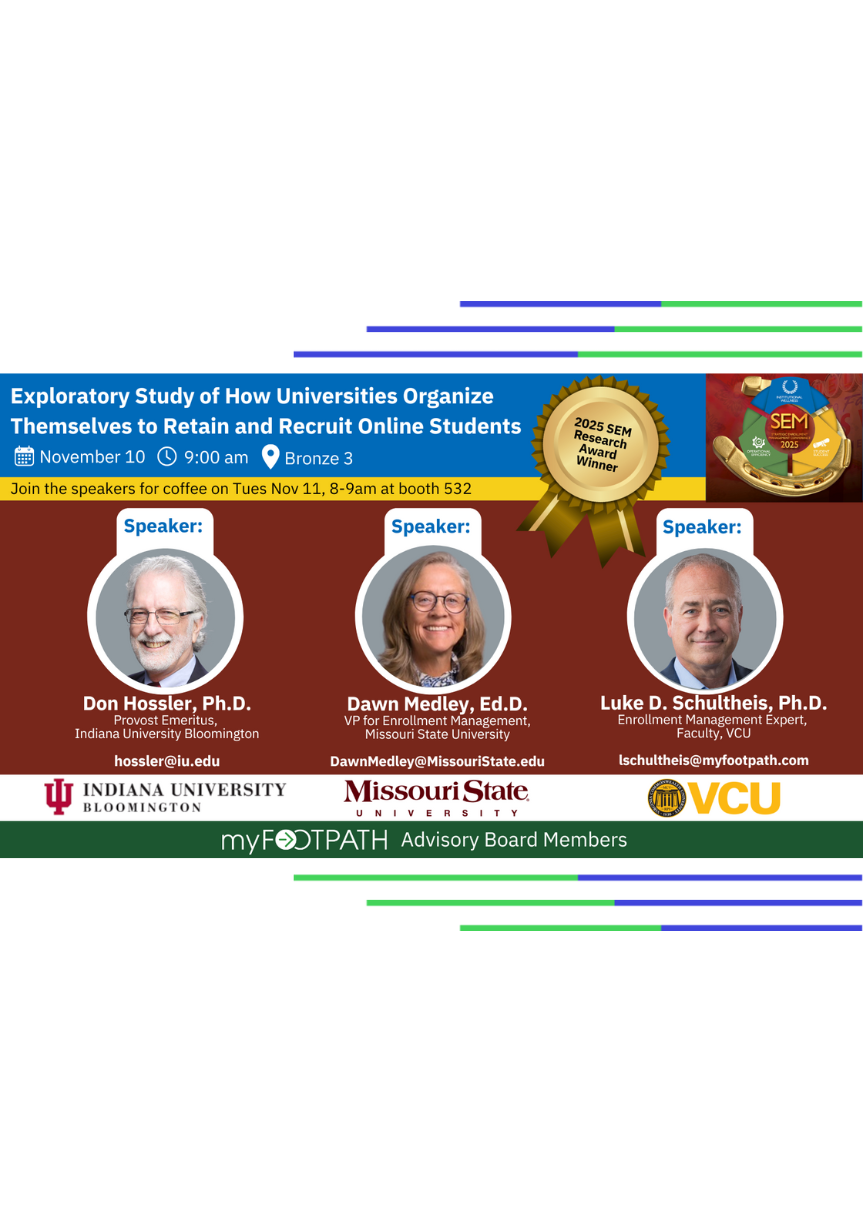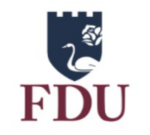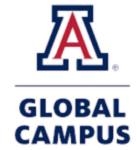Millions of students have started but never finished their degrees. We help institutions reconnect with these students, and guide them back to graduation.
Consistent track record of increasing overall annual institutional enrollment by 3-5%
With 40 million students having stopped out, 10 million admitted students that never enrolled, and a 3% national retention decline, the challenge is clear. We focus on bringing students back. Our dedicated team works with your institution exclusively to provide personalized support and ensure a smooth re-enrollment experience.

Data-Backed Insights
Using 25 years of data, we identify students ready to return and help boost enrollment numbers.

Embedded in Your Culture
We integrate with your processes to reengage students, handling coordination and communication.
What our clients say
“ At Calumet College, administrators have a variety of different roles, and sometimes resources are spread pretty thin. Historically, reengaging students has been challenging. With quarterly visits to campus, myFootpath assisted our team in focusing on crucial elements for a successful reengagement campaign – data analysis, key processes, and outreach. Their collaborative process fostered a partnership that helped us direct our efforts where they could have the most impact. Thanks to myFootpath’s expertise, we were able to bring back over 3% of our student population, and it feels like we are just getting started.”
Johnny Craig Senior Vice President for Enrollment, Marketing, and Athletics

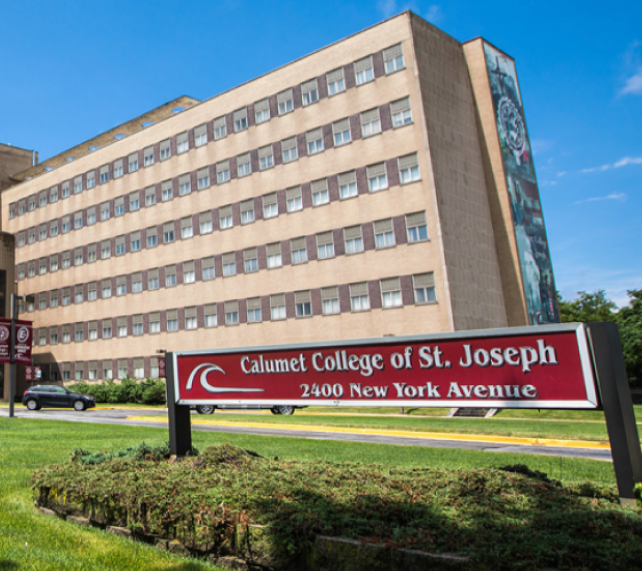
Our Clients
We are fortunate to have exceptional clients and the opportunity to collaborate with outstanding teams in the effort to re-enroll students.
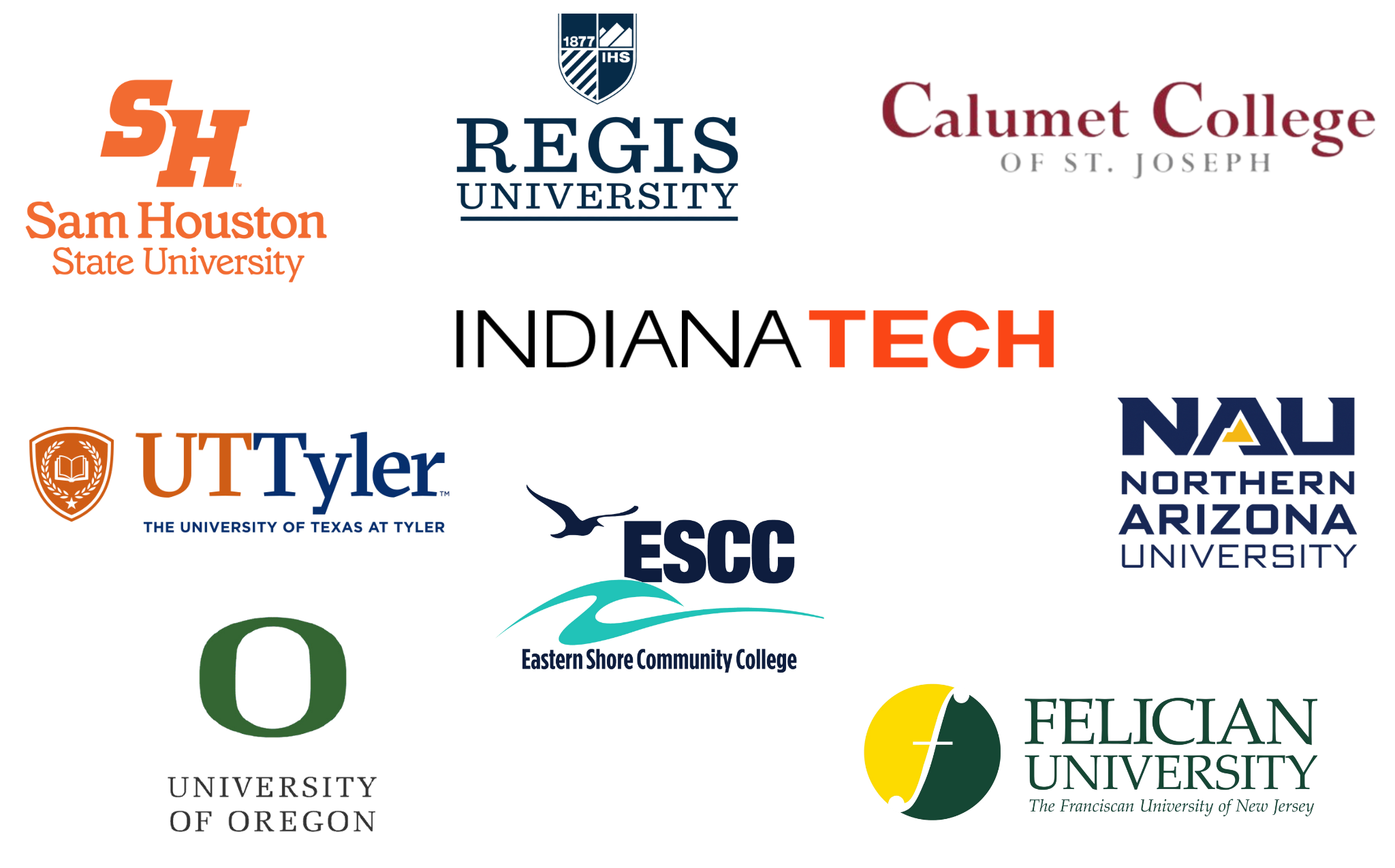
myFootpath Collaborators
We’re proud thought leaders, collaborating with advisors and faculty across institutions, presenting at industry conferences, and partnering with leaders to drive strategies for re-engaging stop-out students and supporting adult learners at scale. Learn more.
Collaborative, Customized Solutions
myFootpath partners with universities to find and re-enroll students who have stopped out. Our proven process includes personalized outreach, data-driven targeting, and dedicated Graduation Specialists to help each student from re-application to graduation.

Deep Integration
We collaborate closely with institutional leaders to align goals and streamline workflows, ensuring every part of the re-enrollment process works efficiently.

Personalized Campaigns
Each campaign is customized to the institution’s unique culture and student needs, creating a more impactful connection.

Dedicated Support
Unlike competitors, we prioritize exceptional customer service with dedicated representatives for each institution, not shared across multiple clients.

Culture Alignment
We seamlessly integrate our values and practices with your institution’s culture, creating a unified approach that enhances student engagement and operational efficiency.

Data-Driven Insights
We conduct data analysis spanning 25 years to thoroughly examine every aspect and determine the eligibility of former admits, ensuring a targeted and effective re-enrollment approach.

Expertise in Adult Learners
Our team specializes in the unique challenges faced by adult and nontraditional learners, addressing their needs with empathy and precision.

Cross-Department Collaboration
Our expertise fosters collaboration across teams, enabling quicker alignment to enhance student services and streamline the conversion funnel.

Ongoing Support
Beyond re-enrollment, we stay with students until graduation, providing ongoing resources and encouragement to help them achieve their goals.
Ready to Re-Enroll Your Students?
Schedule a 30-minute call with our VP of University Partnerships to explore how myFootpath can support your institution.


